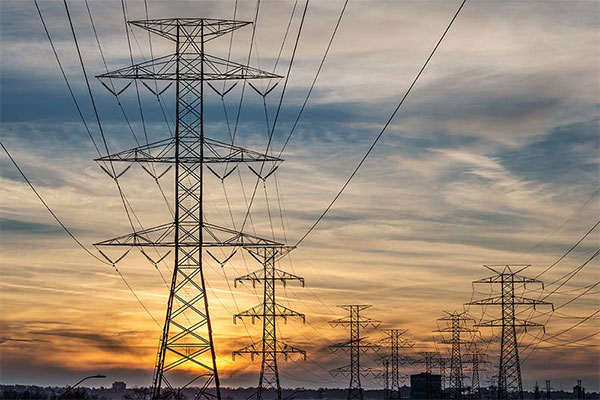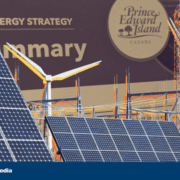TORONTO — Ontario’s energy minister, Stephen Lecce, has outlined bold plans for the province’s electricity system, aiming to meet and surpass an expected 75% increase in demand by 2050, positioning Ontario as a key energy exporter. Speaking on the province’s long-term energy strategy, Lecce emphasized the goal of integrating electricity with other parts of the energy system to create a clean, reliable, and affordable grid.
This push comes after the Independent Electricity System Operator (IESO) revealed last week that Ontario’s energy demand is rising faster than expected.
Balancing Clean Energy with Reliability
Ontario’s strategy relies on maintaining nuclear and hydroelectric power as the backbone of its energy grid. However, as natural gas plays a growing role, the percentage of emissions-free energy has dropped from 94% in 2021 to 87%. Natural gas, however, is seen as essential for managing peak demand and ensuring reliability.

Stephen Francis Lecce MPP is a Canadian politician and Ontario’s current Minister of Energy and Electrification. Lecce served as the Ontario Minister of Education from 2019 to 2024. (Image via Ottawa Citizen)
Lecce said Ontario’s grid remains “one of the cleanest in the world” and noted that this gives the province a competitive edge in becoming an energy exporter.
“Our first priority is securing affordable energy for Ontarians, but we’re well-positioned to scale exports and bring jobs and revenue back to the province,” he said.
Expanding Exports to the U.S. and Beyond
Ontario has exported clean energy to neighboring provinces and U.S. states like Minnesota and New York since 2006. The new strategy seeks to build on that, targeting states with coal-dependent grids, such as Michigan and Illinois, where clean energy imports could replace dirtier power sources.
Although Ontario sometimes sells energy at a loss, the IESO is developing a strategy to make exports more profitable. Lecce highlighted the potential for new revenue streams and job creation, particularly as demand for clean energy grows across North America.
Nuclear and Technology Investments
The province is also doubling down on nuclear energy. Lecce pointed to agreements Ontario has with other jurisdictions to develop small modular reactors (SMRs), which could be a key technology for future energy production.
Ontario’s domestic strategy includes procuring new energy resources and planning for four small nuclear reactors, with potential plans for a larger plant. Lecce didn’t provide details on specific projects but stressed that affordability and competitive procurement would be central to the province’s energy expansion.
Looking Ahead
As Ontario faces rising energy demand, Lecce’s plan is ambitious: to ensure energy security for Ontarians while expanding the province’s role in clean energy exports. Conservation efforts, including new energy efficiency programs expected later this year, will play a part in achieving these goals.














Comments